Here’s where all of the Warner Bros. shared universes are today, and which of them actually succeeded. The concept of several different movie series all being connected by a larger shared universe umbrella is not new to cinema. The Universal monster movie franchise popular throughout the 1930s and 1940s is often considered the very first example of a shared cinematic universe, tying together otherwise disparate franchises such as Dracula, The Mummy and The Wolf-Man. In Japan, Toho’s kaiju movies also formed their own connected fictional world, with Godzilla front and center.
While it might not have been the first, the Marvel Cinematic Universe spearheaded by Kevin Feige and now under the ownership of Disney has refined the formula for a modern audience. Beginning with Iron Man in 2008 and exploding thanks to The Avengers 4 years later, the MCU pumps out multiple movies per year, almost all of which have garnered considerable critical and commercial success. Seeing the success Marvel Studios were enjoying, rival studios clamored to adopt the shared universe approach, but many of these pretenders have since fallen by the wayside.
Warner Bros. were one of several who went all-in on developing shared universes, and while some have long since been forgotten, others are rolling on and gradually adopting a style and format all of their own. Here are the 5 shared universes Warner Bros. produced and their status here and now in 2020.
The DCEU
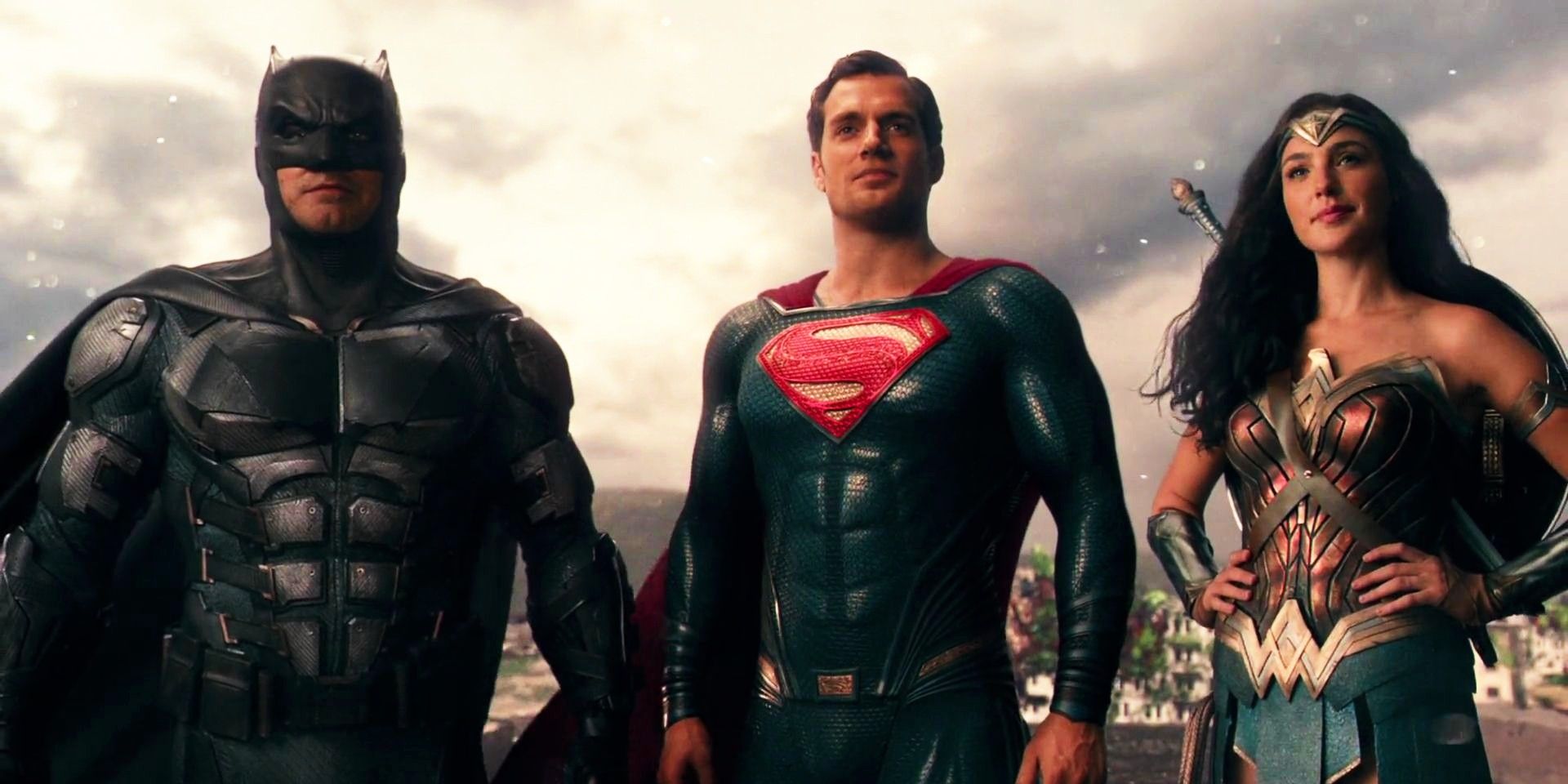
With Marvel’s cinematic universe proving so lucrative, it was only natural to explore the possibility of something similar with DC’s comic canon. Warner Bros. had all the same tools at their disposal and had just come off the back of their incredibly successful The Dark Knight trilogy when the MCU was evolving into a box office juggernaut. At this point Zack Snyder’s Man of Steel was already in production, and it made sense to use this Superman reboot starring Henry Cavill as the starting point for a full DC Universe encompassing all of the publisher’s biggest heroes and villains in one timeline.
Man of Steel proved a divisive first chapter to the DCEU, but that polarizing response would be a mere taster compared to the reaction Batman V Superman: Dawn of Justice would attract in 2016. With a critically-panned Suicide Squad and a Justice League team-up movie that people disliked so intensely they (successfully!) campaigned for the release of a director’s cut, the DCEU certainly didn’t get off to the start Warner Bros. would’ve liked. Nevertheless, the franchise must still be considered a success. Outside of the releases mentioned above, Wonder Woman, Aquaman and Shazam all found varying levels of joy by adhering less strictly to the shared universe format. Having settled into its own grove, more DCEU releases are now on the way, extending the franchise into 2022 and likely beyond. The confirmed release of the Justice League Snyder cut will ensure the DCEU remains of cultural significance for the next 12 months.
The Conjuring Universe
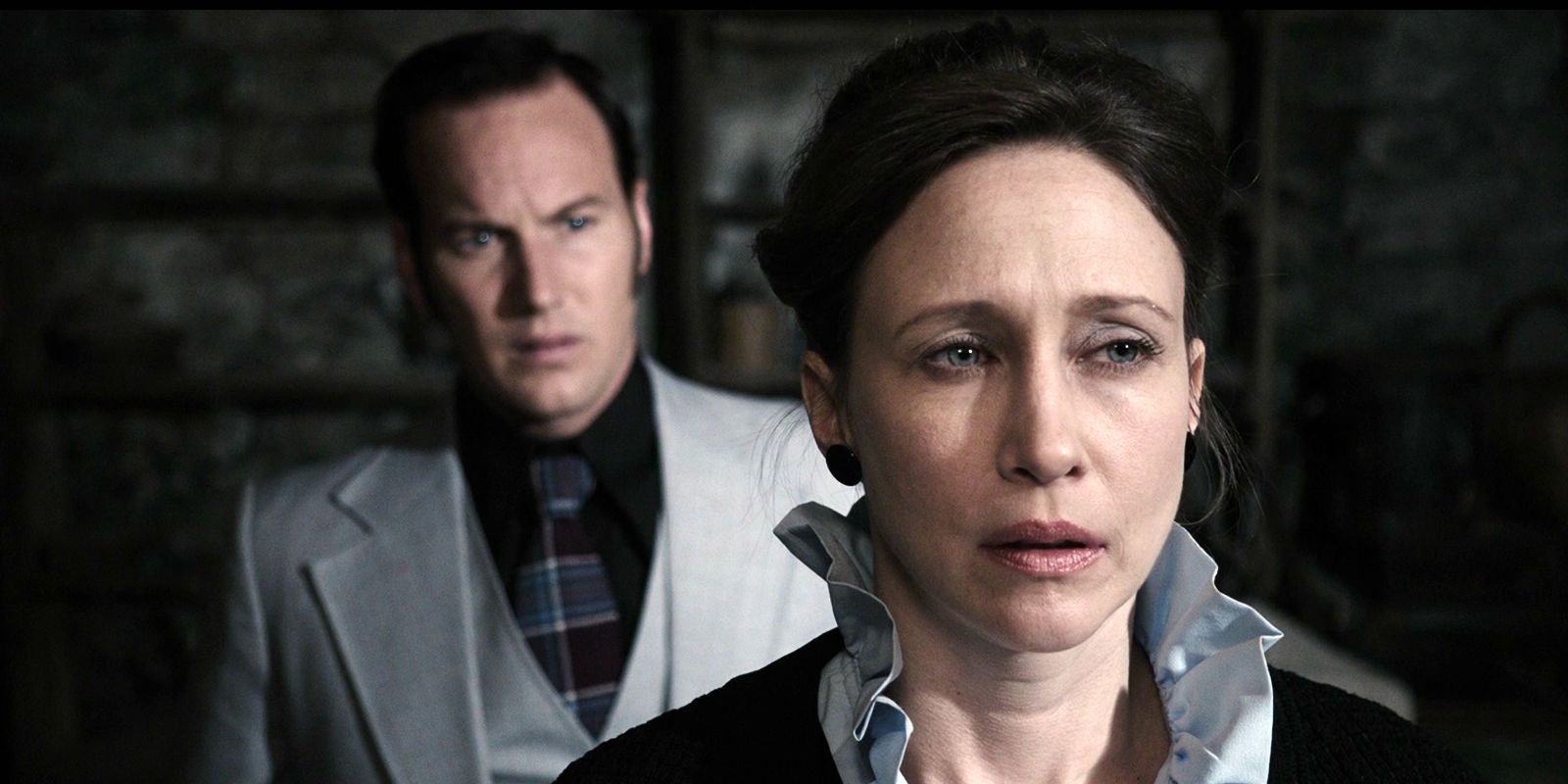
James Wan’s The Conjuring was already spiritually connected to the sub-genre of jump-scare heavy modern horror releases in the vein of Insidious and Sinister, and Warner Bros. were no doubt hoping the effort would make enough money to produce a run of sequels. The Conjuring would indeed go on to frighten its way into fans’ hearts and spook the cash from their wallets, and it was only then that the widespread potential of The Conjuring not just as a film series but as a fully-interconnected movie universe became clear.
A direct Conjuring sequel arrived in 2016, and a third (The Devil Made Me Do It) is currently set for release in September 2020, although that might change due to the current pandemic. Expanding on the lore of Ed and Lorraine Warren, however, The Conjuring also set up Annabelle. After the creepy doll first appeared in the Warrens’ room of haunted curiosities, an Annabelle spin-off released in 2014 and has since spawned 2 further sequels. Further diving into The Conjuring‘s lore, The Nun premiered in 2018 and starred the demonic villain seen previously, while The Crooked Man is set to do something similar with its own title character. Elsewhere, The Curse of La Llorona is confirmed to exist within The Conjuring‘s universe thanks to an appearance by Tony Amendola’s Father Perez and several fan-made short films have been enshrined into the same rapidly-growing canon.
Although The Conjuring‘s universe has certainly suffered with the dreaded diminishing returns, each film continues to turn a profit, proving this cinematic world a resounding success.
The LEGO Universe
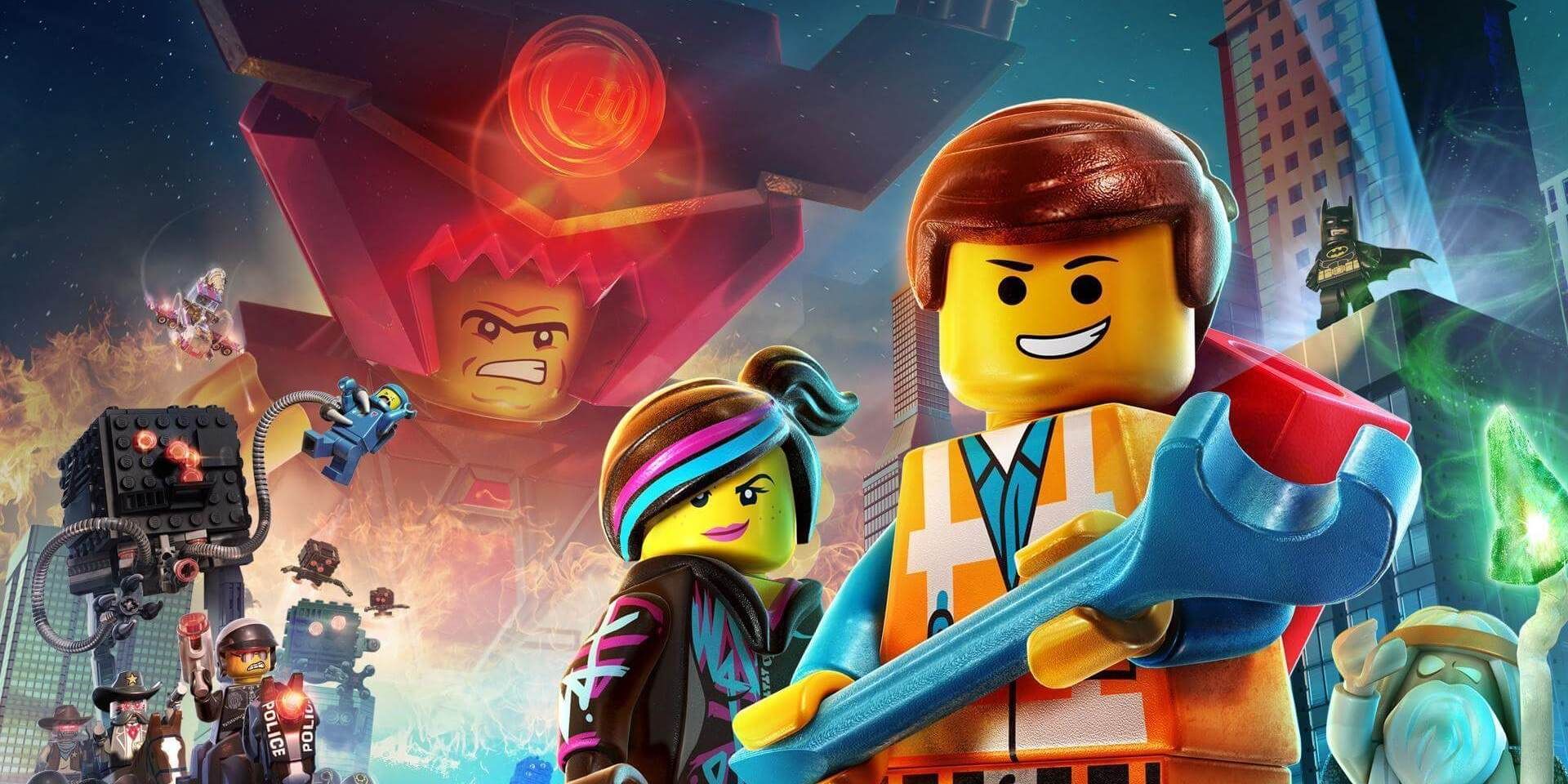
The Lego Movie was a big hit for Warner Bros. in 2014. Taking Emmet (voiced by Chris Pratt) through a colorful brick world and encompassing characters from a multitude of franchises and brands, the long-awaited debut of the Danish toy company on the big screen was enjoyed by adults and kids alike. Once again, this success set off the shared universe alarm at Warner Bros. HQ and it wasn’t long before a direct sequel and a multitude of spin-offs were green lit.
The Lego Batman Movie came next, taking one of the most memorable characters from the original and going ‘full DC’ with a whole cast of superheroes. Despite lacking the same box office clout as its predecessor, Lego Batman earned much praise from audiences, and comic book fans were especially impressed by the lighter, heartfelt take on the Caped Crusader. Unfortunately, that waning box office was a sign of things to come for Warner Bros.’ Lego Cinematic Universe. The Lego Ninjago Movie followed shortly after Will Arnett’s Dark (Yellow) Knight spin-off, but to much less fanfare and considerably lower revenue, perhaps paying the price for a more niche Lego concept. A direct sequel to the original, 2019’s The Second Part, failed to reverse those fortunes and other planned projects were swiftly axed. More recently, the Lego company have shifted focus back to toys after their own dip in revenue and Warner Bros. lost the movie rights to Universal earlier this year. Turns out everything isn’t awesome after all.
The King Arthur Universe
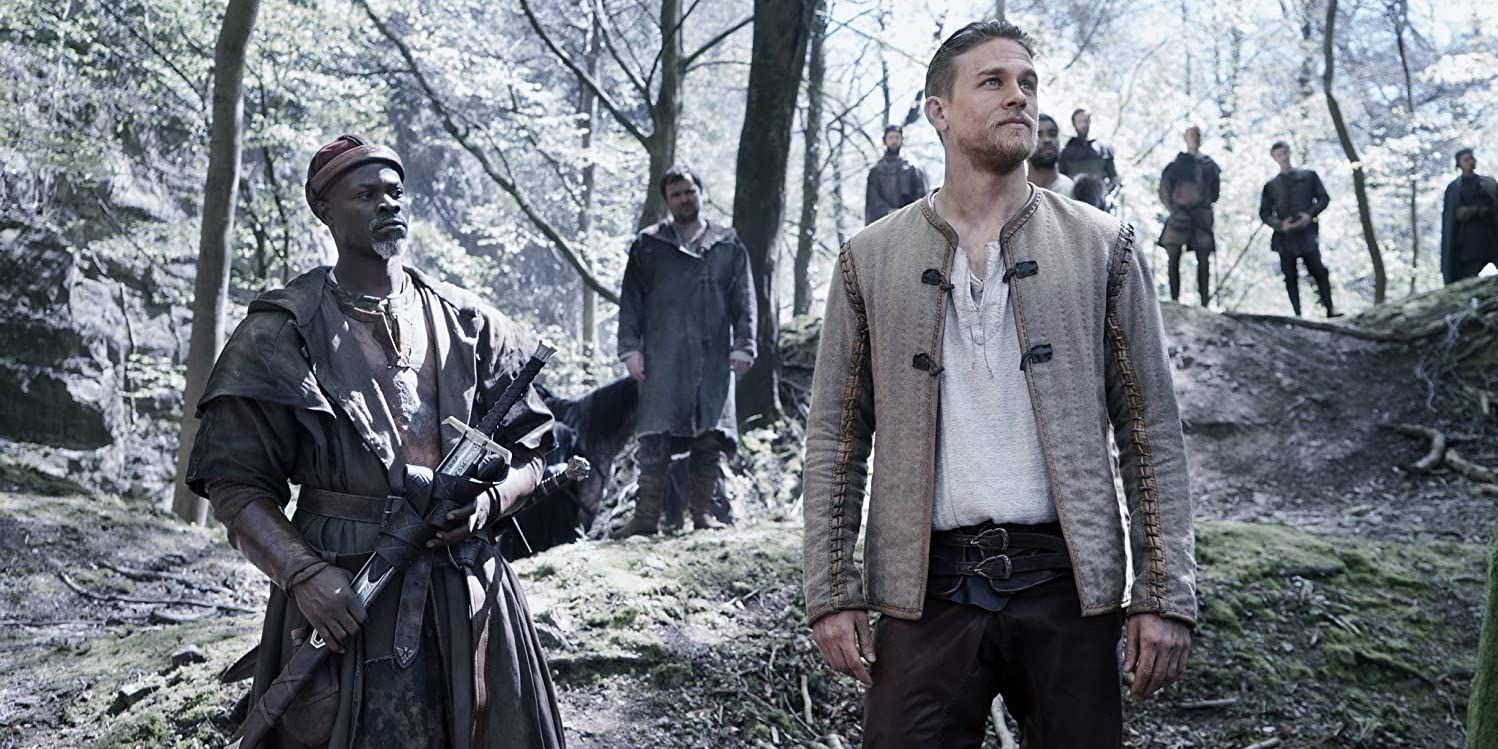
Even though the Lego universe ultimately did fail, the franchise at least dropped a couple of solid efforts before fading into cinematic obscurity. The same can’t be said for Warner Bros.’ planned King Arthur universe. Released in 2017 and starring Charlie Hunnam in the title role, King Arthur: Legend of the Sword certainly had promise as a standalone venture, with Guy Ritchie directing and Jude Law in a key villainous role. In reality, the movie was widely trashed in reviews and made a huge loss for Warner Bros. financially. All of which makes the studio’s plans for a six-film shared universe seem all the more ridiculous.
Similar in style to the MCU and DCEU, the Arthurian series would’ve comprised solo films for various famed characters of legend and built towards a crossover team-up against a major villain. Audiences and critics, however, sensed that trying to hammer a centuries-old story of knights and vikings into the en-vogue superhero format of the day was bottom-of-the-barrel stuff, and King Arthur‘s fortunes weren’t helped by an almost invisible marketing presence that meant the release passed most movie-goers by. Unfortunately, those who did witness Legend of the Sword were largely unimpressed with the film’s sequel setup, erratic pace and weird David Beckham cameo. Generally considered one of Ritchie’s weaker efforts, King Arthur: Legend of the Sword might’ve fared better without the weight of a further 5 films lingering in the distance.
The MonsterVerse
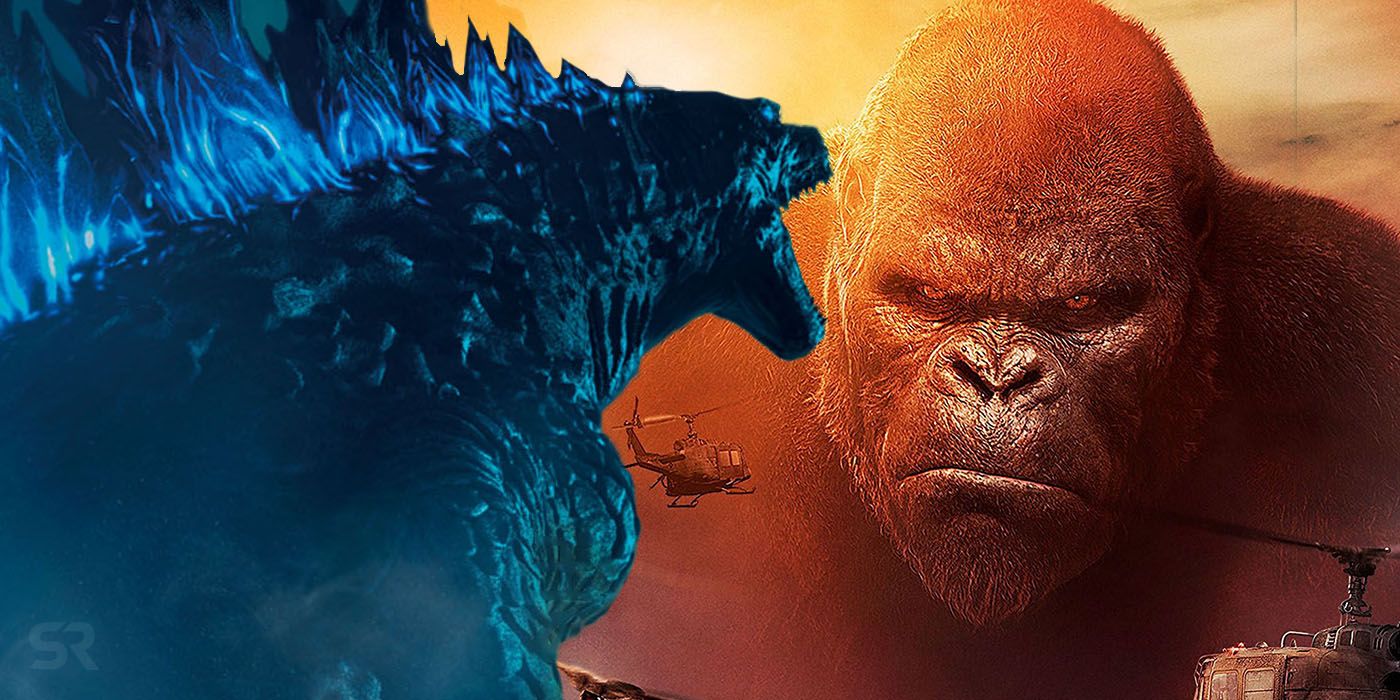
Not to be confused with Universal’s Dark Universe (which failed, incidentally), the MonsterVerse is essentially a modern interpretation of the aforementioned Toho franchise that saw Godzilla and an array of other monsters do battle, usually in a surprisingly flimsy urban landscape. The franchise began with 2014’s Godzilla reboot, and by purchasing the rights to various other Toho beasts, Warner Bros. signaled their intention to develop the lore of their MUTO world. However, the MonsterVerse only kicked off proper with Warner Bros.’ involvement in Kong: Skull Island, a reboot of the titular gorilla’s big screen story.
Godzilla: King of the Monsters duly followed in 2019 and fully cracked open the doors of the MonsterVerse, introducing Mothra, Ghidorah and numerous other Titans waiting in the wings, of which Kong was one. In both critical and commercial terms, King of the Monsters was afforded a more lukewarm response in comparison to the previous 2 entries in the series, but Warner Bros. and Legendary are pressing ahead with their scheduled showdown between Kong and Godzilla none the less. The fate of the MonsterVerse likely hinges entirely on the performance of Godzilla vs. Kong later this year; the upcoming clash could elevate the cinematic universe in the same way The Avengers did for the MCU, but if there’s no significant improvement upon King of the Monsters, it’s hard to see the franchise continuing further. As things stand, however, the MonsterVerse has generally proved successful for Warner Bros. and could yet become a leading cinematic universe.




